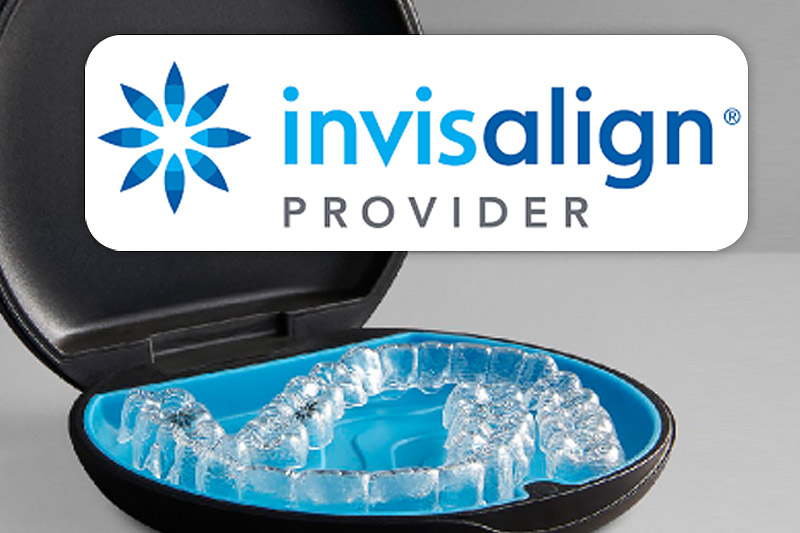
How to Replace Teeth with Dental Bridgework | Watertown MN
Gaps between your teeth not only affect the beauty of your smile but also interrupt your speech and ability to chew your food. If left unfilled, the teeth adjacent to the gap can begin to shift out of position, creating smaller gaps between your teeth that are hard to keep clean. This can lead to bacteria buildup that makes you susceptible to gum disease, decay, bad breath, and other oral issues. Moreover, the moving teeth can affect your bite, causing malocclusion and jaw problems. If you’re missing one or more teeth, you should consult a dentist to determine whether dental bridgework is the best restorative option for you. Here are the steps to getting a dental bridge:
Step 1: Consultation
During your first appointment, a complete oral exam and dental x-rays will be done to determine whether you’re a good candidate for the procedure. If you are, you will proceed to choose the type of bridge and dental material for the bridgework depending on the size and location of the restoration, as well as your overall oral health, budget, and lifestyle.
Step 2: Tooth Preparation
Next, the dentist will proceed to prepare the abutment teeth to support the crowns that will hold the pontic in place. They’re prepared by removing some of the tooth enamel to create room to place the crown over them without changing the shape or size of the tooth.
Step 3: Create Custom Bridgework
After abutment tooth preparation, the dentist will take an impression of the teeth and use it to create an exact model of your teeth, which will be used to fabricate your permanent bridge in a dental lab. This process takes several days, so a temporary bridge will be placed over the prepared teeth to protect them in the meantime.
Step 4: Fitting the Bridgework
When your permanent custom bridge is ready, you will be asked to return to the dentist’s office to have the temporary crowns removed and replaced with the permanent restoration. The dentist will check and adjust the fit of the abutment crowns before cementing them in place. Next, the dentist will assess the patient’s bite and adjust the bridgework accordingly.
Final Note
It takes a few days to get used to your new set of teeth, so your dentist in Watertown may use temporary cement when fixing the bridge to give you time to adjust and ensure a perfect fit before making the restoration permanent.



